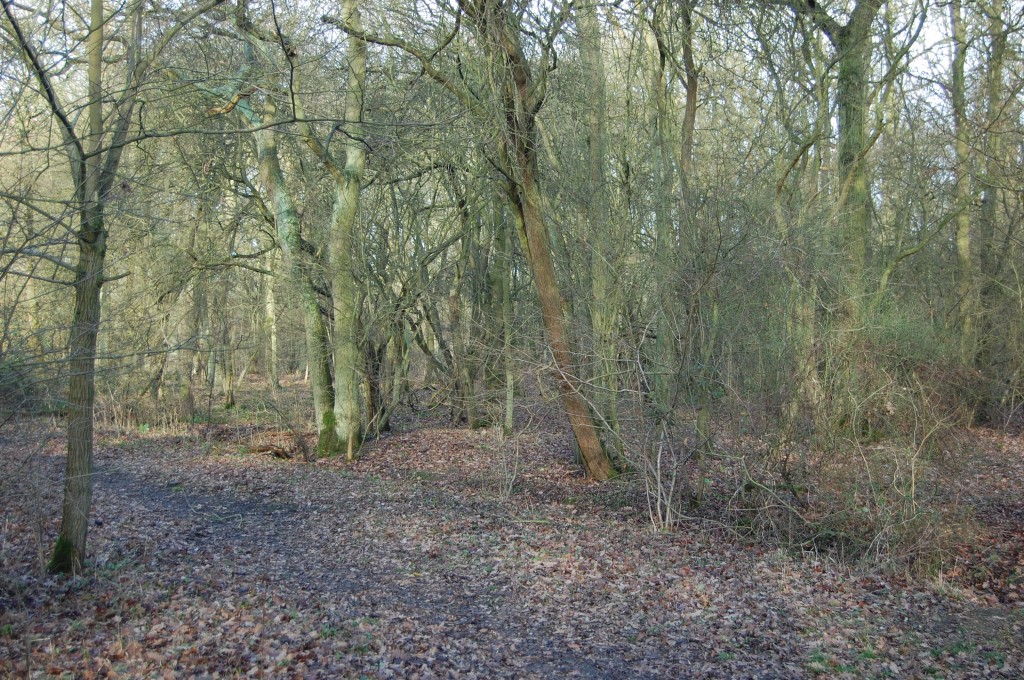Was concerned and interested about muntjac ,coming from where they do , coping with the first half of February’s weather here. The night of 10/11 th I recorded -14 C in my garden. The daytime was without much movement on 11th ’til early pm then saw animals digging thro the 8cm of snow to find the straw of old game food areas. At dusk groups of up to 8 Muntjac including a suckling fawn were to be seen eating oilseed rape leaves poking thro’ the snow . Don’t think any casualties but may have been different if snow deeper and cold prolonged ?Much easier for Muntjac to survive and if necessary have numbers controlled where game feeding continues into early spring .Chaffinches now in full song , a little later than recent years
English birdsong heard in January 2012
In this third week of January 2012 here’s my observations and nature notes. Seeing lots of muntjac around weather v mild and not too windy . The feed hoppers on the local shoots are attracting lots of attention as they provide an easy meal.
Heard a Chaffinch trying to break into song last week, not quite there yet. Blackbirds and Song Thrushes seem very sensitive to the slight increase in day length and were heard singing on the odd pleasant evening at the turn of the year.
Many plants are breaking dormancy, a cold and wet month now could help arable farmers and nature alike, mercifully we cannot intervene!
An example of calling and recalling Muntjac
Here is an example of a co-operative Muntjac I filmed in 2010. The animal was actually on camera for almost 20 minutes, coming and returning several times.
I’ve found this to be quite unusual and I didn’t have the oppportunity to re-try this animal at a later date to assess whether or not I had made him call-shy.
Calling Muntjac video No 1
An example of a buck called in by using a Buttolo call complete with some nasty crackles on the sound track
Not been doing much with the deer for some time ,did call one in for a group of children on a nature walk 2 weeks ago .Their faces ! Garden freshened by Mondays rain of 8mm now a total of 35mm since 1st March .Grateful for small mercies etc as I understand far less in East Anglia . Despite a mass of blossom on the Hawthorn this spring most of the flower stalks have fallen off so there will be fewer berries this Autumn .The two late frosts followed by high day temps ? This plus the lack of moisture ? Any suggestions?
Muntjac deer enjoying the sunshine
Muntjac seen everywhere today, quite a contrast to December when they were huddled under cover conserving body heat ! A day worthy of a phenology entry, the first Brimstone butterfly a female. The first Daffodils this week and the blackthorns are showing a few white buds and some flowers. Mon, Tues, Weds in the woods this week, hope to have some interesting things to report
Departing visitors
Seeing small groups of Fieldfares moving in a northerly direction I suppose the start of their journey to to breed in Scandinavia?Goldcrests reappeared in our garden about 10 days ago, I had missed hearing them all winter. However did they survive? One Saturday last October I was watching Swallows flying southwards on the start of their migration and Fieldfares arriving at the end of theirs.
New beginnings
Welcome to my world
The countryside has been at the centre of my life since I was a small boy and the sights, sounds and smells of woodlands are second nature to me.
I feel at home and at ease whether spending time stalking deer for filming or hunting purpose, or just listening to and watching the abundance of wildlife that will make itself visible if you stand perfectly still long enough.
